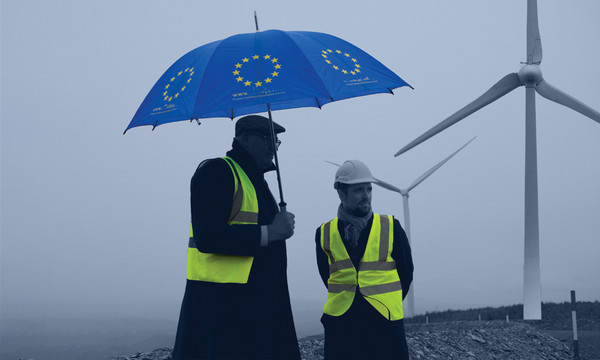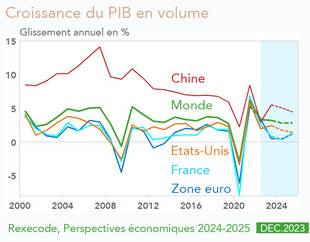The architecture of carbon adjustment at the border threatens the objective of re-industrialisation in Europe
- June 2023
06/07/2023
Raphaël TROTIGNON Olivier REDOULESEurope has just adopted three texts that significantly reinforce the role of the “CO2 price” in Europe. By driving up the cost of using fossil fuels, a carbon tax is a powerful economic incentive for decarbonisation, but it also means higher costs for companies located in Europe. The system of free emissions permits designed to offset this effect on the relative competitiveness of European industries will be gradually replaced by a new “carbon border adjustment mechanism” (CBAM). Unfortunately, while the scope of the CBAM appears limited, the effect of removing the free permits will be much more widespread, posing threats to re-industrialisation in Europe.

Following the final vote of the European Parliament on 18 April, Europe has just adopted three texts that significantly reinforce the role of the “CO2 price” in Europe.
By driving up the cost of using fossil fuels, a carbon price of this kind is a powerful economic incentive for decarbonisation. It causes the relative cost of carbon based uses and processes to rise compared to low-carbon solutions. It is also an instrument for optimising the costs of decarbonising Europe and a means of redistributing the reduction effort between players as well as between European countries, as giving an explicit cost to CO2 emissions incentivises them to reduce emissions first where the costs of decarbonisation are the lowest.
Europe remains today, by far, the zone where the “carbon price tag” is the highest, between €80 and €100/t of CO2 for the industrial establishments covered. Where a cost associated with carbon emissions applies only to a single geographic zone, companies operating within the area are hurt by the increase in cost of CO2, which their competitors do not experience outside the zone. That means cost to European companies rises, when their main competitors outside Europe do not have to deal with such a carbon price, raising fears that “carbon leakage” could spring.
Europe had set up a specific system for industries at risk of “carbon leakage” which are granted free emissions permits on an annual basis. However, following the recent vote, this system has to be gradually replaced by a new one known as the “carbon border adjustment” mechanism" (CBAM).
But, while the scope of the CBAM appears limited (571 product codes will be affected out of the 10,000 or so codes contained in the customs nomenclature), the effect of removing the free permits will be much more widespread. If all the permits currently allocated free of charge were sold by auction, this would mean, based on the price of the current CO2, a deterioration in the operating accounts of companies in the order of €45 billion per year at the European level, and €4 billion in France.
Significant risks downstream, on export and on re-industrialisation projects
While the intention to protect Europe from unfair competition deemed harmful to industry and the climate is welcome, the new system’s architecture poses threats to the competitiveness of industry in Europe at a time when most European countries, including France, are announcing “green re-industrialisation” projects. These threats are all the more daunting as the economies with which Europe competes are launching aggressive strategies and the energy price differential between the EU and the rest of the world has grown significantly wider.












